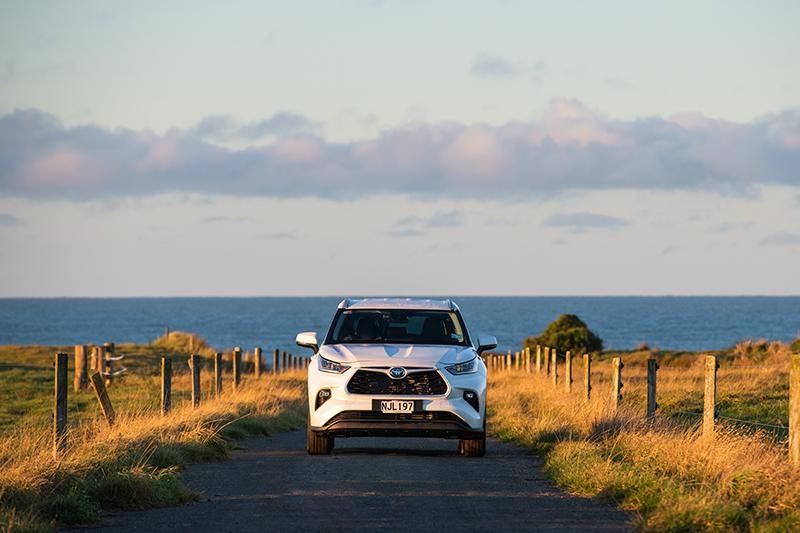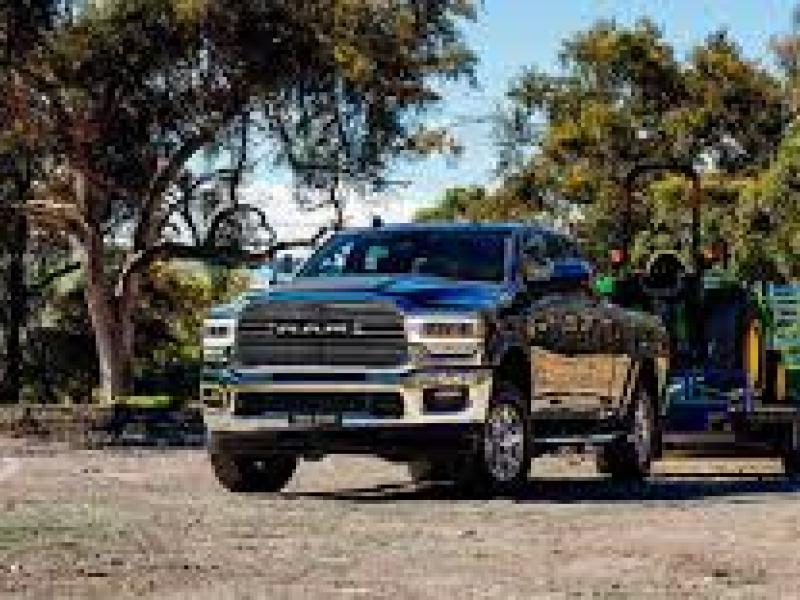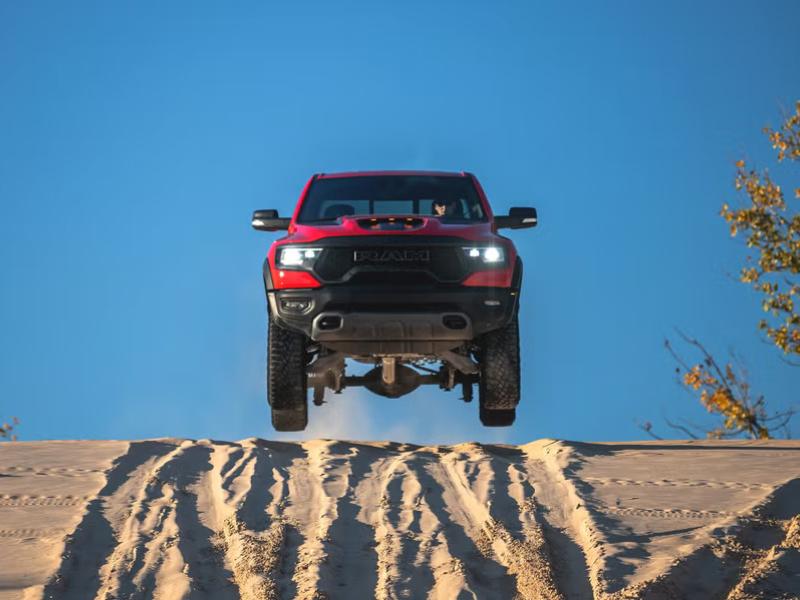The SUVs for all occasions
Pack it full of gear. Or kids. Add-in the dogs. Or garden stuff. Take Friday afternoon off and go to the snow, or the bach, or a sports weekend. The seven seat Toyota Highlander does what its owner requires in all conditions.
To call these 4WDs ‘urban’ is not to diss them in any way. These are not ‘cross’ vehicles or even completely ‘shiny’. These are vehicles for all occasions and reasons, and as such they really sum up what 4WD SUVs mean to New Zealanders.
The 2022 Highlander is a large SUV with its eye firmly fixed on the needs of Kiwi families. Neither a buyer’s first 4WD nor their last, it is a two-box, three-row vehicle with a massive variety of configurations to appeal to the widest possible audience. Although the base powertrain consists of a four cylinder engine, the Highlander is one of only a few three-row SUVs offered with an optional hybrid setup; globally both powertrains can be had with either front- or all-wheel drive. But we’re not here to talk about ersatz FWD ‘look at me’ SUVs, those are really station-wagons that look like 4WDs.
In quick succession, NZ4WD drove three Highlanders: a white 2.5-litre hybrid in Limited trim, a metallic red 2.5-litre hybrid Limited ZR and a V6 petrol-only Limited 3.5-litre 4WD in white.
First things first: the hybrids we drove have a 2.5 litre hybrid drivetrain making 184kW (total, combined figure). That’s a four-cylinder engine with Toyota’s D4-S fuelling system driving through an ‘e-CVT’ (continuously variable transmission) which seeks out a torque peak and simply sits there. We have yet to be convinced that CVT from any manufacturer is suitable for extensive offroad use, though at least Toyota’s is as reliable as anything with the ‘T’ brand is expected to be.
Manufacturer economy figures are 5.6 litres/100km (combined fuel efficiency). We didn’t manage to hit that bullseye when we drove the hybrids but the dash display gives a clear indication of just how heavy the driver’s right foot has been. It also gives a fuel efficiency ‘score’. Great fun for the kids to watch over the driver’s shoulder.
The Limited and Limited ZR versions share the same drivetrain but of course have different spec sheets: stepping up to ZR adds a panoramic sunroof, woodgrain ornamentation, a power backdoor with kick sensor, 11-speaker premium sound system, quilted leather accented interior, colour head-up display and customisable convenience.
And the petrol-only, with its bigger 3.5-litre V6 engine, records 8.8 litres/100km (official figure). Power has a price, after all.
The top spec delivers great seating: two premium interior trim colour options - leather look in black or ash grey - and 10-way power driver’s seat adjustment. The front seat passenger isn’t left out, getting eight-way adjustability. The second row slides a full 180mm fore and aft to enable access to the third row where it is required. Seven-seaters are a real ‘thing’ at the moment, much to the relief of bigger families. The kids can be distributed across those mid and rear rows, though the cargo capability is of course reduced. Perhaps a stop by the roof box shop is called for – safe, secure, dry storage of the essentials allowing for groceries to go behind that third row of seats on the way to the bach.
Those who have fewer offspring or whose next generation is further up the age range can leave that third row of seats down and make the most of the luggage/cargo space.
Driving dynamics are, as expected, premium-quality. Across all versions, the Highlander’s ride is smooth and its acceleration is decent, the more so in the straight petrol version with its bigger engine and without the hybrid drivetrain adding weight.
In high or low grip situations, Toyota’s E-Four AWD system is that much abused cliché: seamless.
Numbers: the Highlander’s minimum turning circle is a respectable 11.4 metres, not bad for a vehicle with a 2.8-metre wheelbase and a body length of almost five metres. Ground clearance is SUV-standard 202mm and the approach angle 17.9 degrees. The test vehicles arrived with towbars which do affect the departure angle of 23 degrees; we dragged the bottom of the hitch a couple of times.
In all versions, the SUV’s styling is ‘Toyota family’, but it’s a stand-out in the supermarket car park or up at the snow. There will be no wandering around blipping the remote looking for a Highlander. The body shape is more ‘planted’ than the Hilux-based Fortuner and has a more practical load and people space as a result.
Towing? The hybrids will pull 2,000kg. Not top of the category, but plenty if the weight of a big jetski, a decent caravan or a Surtees 16-footer is taken into consideration. A tandem caravan will run 1200-1500 kg, leaving a safety margin unless massive amounts of camping gear are packed inside. All versions have a 750kg onboard payload.
Toyota’s enviable reputation for passive and active safety is so much part of the brand that it hardly required mentioning in detail – but rest assured the Highlanders are all five start rated and have a dedicated focus on protecting all occupants.
In summary, there’s a reason the Highlander was Company Vehicle’s 2021 Large SUV of the Year. Toyota has gone the value-packed route with the Highlander, incorporating masses of desirable infotainment and driver-assistance features. The model hierarchy is similar to that followed with the smaller RAV 4 range. Go for a ‘Limited’ or Limited ZR over a GXL and enjoy a more luxurious environment that just about matches the offerings of a Lexus-branded cousin – minus the price-tag and the polarising front-end styling.
What to choose? Early adopters will like the hybrids and enjoy paying less at the service station – a consideration that is becoming ever more important thanks to the war and pestilence sweeping the globe. The hybrid versions almost halve C02 emissions, producing 128g/km. In the era of the Ute Tax and growing environmental awareness, that’s going to be important. It’s arguably a selling point when it comes time to step back out of the vehicle, just as having a solar array on the roof will be when selling a house.
For sheer driving enjoyment though, the V6 petrol-only version is an obvious choice.
Is it appropriate to compare other offerings from the range? We enjoyed the Fortuner when we had it last year, but the petrol-only Highlander has subjectively eclipsed that truck for its blend of on-road driving dynamics and rough road/off-road ability.
The range-topping Land Cruiser is of course aimed at an entirely different market and is slathered in tech, spec and luxury.
But for a blend of agility, robust off-road usefulness and smooth unfussed on-road dynamics, maybe the Highlander is the ideal.







